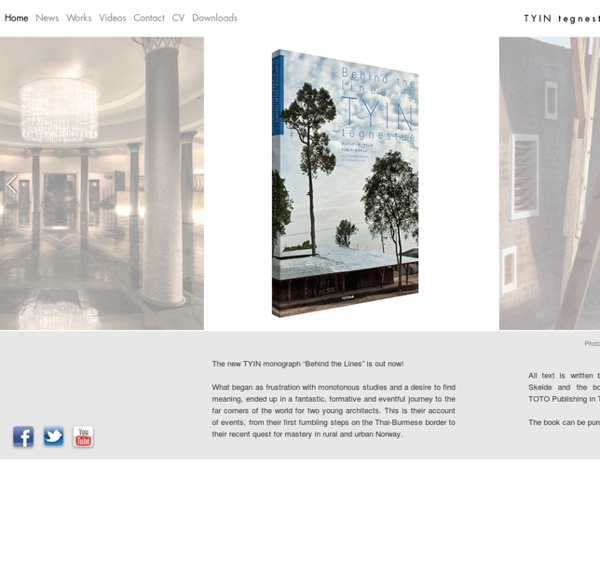TYIN tegnestue Architects

Vardehaugen AS Vardehaugen is an architectural studio located in Oslo, Norway. We work with a variety of projects, from private houses to public processes and urban planning.
Casa Fanego / Sergio Fanego + Gabinete de Arquitectura
Arquitectos: Sergio Fanego, Gabinete de Arquitectura Ubicación: Villa Aurelia, Asuncion, Paraguay Área: 375.0 m2 Año Proyecto: 2003 Fotografías: Federico Cairoli Colaboradores: Mara Corvalán, Sebastián Pérez, Carlos Agüero, Laura Alviso, Andrés Careaga, Silvio Vázquez Construccion: Guillermo Fanego, Sergio Fanego Calculo Estructural: Enrique Granada Descripción de los arquitectos. El proyecto y construcción de la casa propia se presenta siempre como un desafío muy personal, cuyo objetivo hedonista casi obliga a que la pieza arquitectónica constituya un muestrario del pensamiento o vidriera del conocimiento del arquitecto. La larga amistad, a partir de los años de formación, con Solano Benitez, Alberto Marinoni y los muchachos del gabinete de arquitectura, marcaron mi producción de tal modo que considero este proyecto como la oportunidad de concebir una experiencia grupal, compartir ideas, experimentar un escenario de reciprocidad al cual estamos acostumbrados.
Related:
Related:



